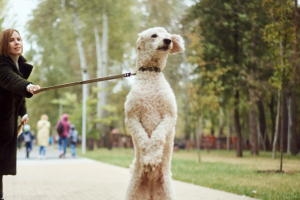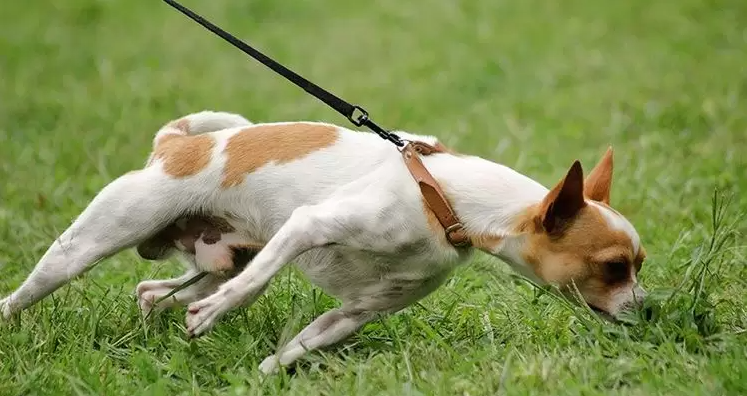Summer Distractions Are Everywhere — Is Your Dog Listening?
From backyard barbecues and park picnics to children running through sprinklers and dogs barking next door, summer is full of distractions that challenge your dog’s focus.
It’s normal for even a well-behaved dog to lose concentration in these high-energy environments — but with the right strategy, you can train your dog to stay calm and responsive no matter what’s going on around them.

Why Distraction Training Matters
Real-world obedience doesn’t happen in a vacuum. Your dog might sit, stay, or heel perfectly in a quiet living room — but will they do the same when:
- A ball bounces past them?
- A group of kids runs by screaming?
- A neighbor’s dog starts barking at the fence?
- Someone drops a plate of food nearby?
Distraction training teaches your dog to stay engaged with you no matter what’s happening around them.
Start Simple, Then Layer In Distractions
Dogs learn best through progression. Start with foundational commands in a low-distraction environment — like your kitchen or yard — and gradually add more stimulation.
Training progression example:
- Sit and down inside with no noise
- Same commands outside in the yard
- Add toys, noises, or movement
- Move to a local park or sidewalk
- Practice during a gathering or outing
Your dog’s brain builds tolerance and focus through each new layer.
Use High-Value Rewards During Challenging Moments
When distractions are high, your rewards need to match. Ditch the dry kibble and use treats your dog really wants — think hot dogs, cheese, or cooked meat — especially when training in public or around excitement.
For toy-motivated dogs, use tug or fetch as a reward for holding focus.
Leash Pressure and Redirection Techniques
When your dog locks onto a distraction — like another dog or the scent of food — use gentle leash pressure or a change of direction to snap them out of it. Pair that with a firm cue like “heel” or “look.”
Then reward the moment they re-engage with you.
This teaches your dog that ignoring distractions = clarity, leadership, and reward.
Teach the “Look” or “Watch Me” Command
This command builds eye contact and reinforces engagement. Start by saying “look” and holding a treat at your eyes. Reward the moment your dog locks eyes with you. Over time, phase out the food and expect focus from your verbal cue alone.
This is a game-changer when distractions are pulling their attention away.
Practice in Real Summer Scenarios
Distraction training should mirror real life. Practice your dog’s focus and obedience near:
- Backyard BBQs (but at a distance first)
- Neighborhood sidewalks during busy hours
- Groups of playing kids (while on leash)
- Dogs behind fences or on the other side of the street
Every successful repetition builds trust and predictability — the keys to off-leash confidence later.
Stay Calm and Consistent
If your dog breaks focus, don’t get frustrated. Just reset the situation and repeat the command. Stay calm, patient, and predictable — your energy will shape theirs.
Final Thoughts: Distraction Training Isn’t About Perfection — It’s About Progress
Dogs aren’t robots. There will always be distractions they’re curious about. But with steady, structured practice, your dog can learn to tune into you — even in the middle of summer madness.
That’s what real-world obedience looks like: calm, focused, and connected to their handler, no matter what’s going on around them.

